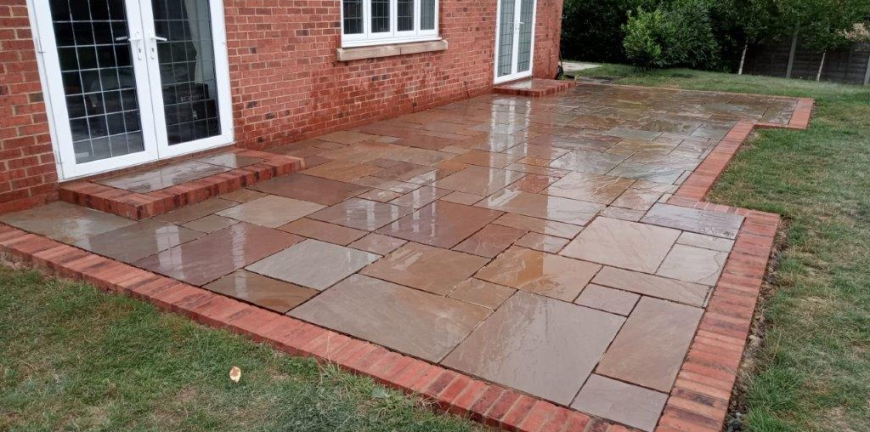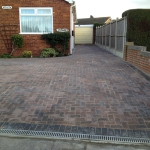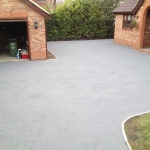
Why Block Paving is a Smart Choice for Your Home
Block paving, sometimes referred to as brick paving, is a popular ornamental technique for hard-standing or pavement construction. Compared to other materials, bricks have the primary advantage of being able to be raised and replaced individually when they are damaged or worn out. Usually composed of clay or concrete, but occasionally other composite materials, bricks are utilised in patios in Kent. The most often used concrete type blocks are composed of porous materials, many of which are recycled resources like broken glass and demolished building debris.
Many various laying patterns may be created using blocks, but the herringbone pattern is one of the most widely used because of its interlocking design, which provides the strongest binding.
Common Uses of Block Paving
Block paving is commonly used for road surfaces, patios, driveways, and pavements. Driveways may be a stunning addition to any property because of the variety of types and options available; patios are also a popular choice for similar reasons. Because of its strong interlocking and capacity to replace individual blocks, it’s a perfect surface option for sidewalks and roadways, especially in places with moderate traffic.
Advantages of Block Paving
Block paved driveways in Kent are the preferred alternative for surface solutions because of their many advantages.
- Improves a space’s or property’s appearance
- Range of hues
- Range of forms
- Can be created in many patterns
- Strength is increased by interlocking
- No expensive fixes—each brick may be swapped out
- Provides a surface that is more fade-resistant than alternatives
- Makes drainage simple and eliminates the need for separate drains
The Block Paving Process
The first step towards a block paved driveway in Kent is site preparation and excavation. Depending on the terrain and whether a driveway already exists, the site must first be evaluated before being dug up. It could be necessary to build a sub-base to create a more sturdy foundation if your property has soft patches or soft terrain.
To have a defined area to dig and lay out the block paving—all block paving comes with a standard sub-base—the site must be edged off.
After using a compactor to crush the soil, a layer of sharp sand must be applied. This layer must be raked, and its levelness must be confirmed using screeding rails and string lines.
Block paving is an excellent choice for enhancing the appearance and value of your property while offering durability and easy maintenance. With a variety of styles and patterns, it can suit any design preference and practical need.


